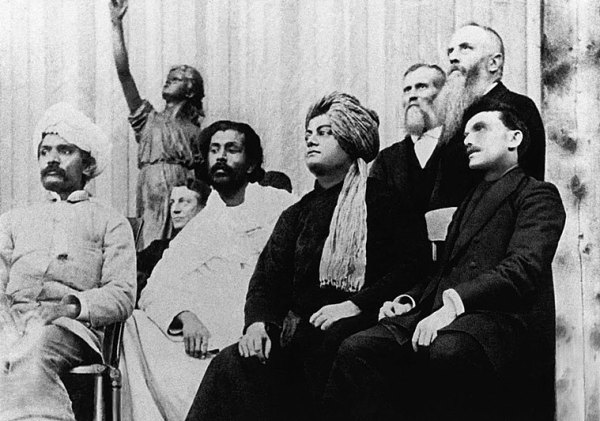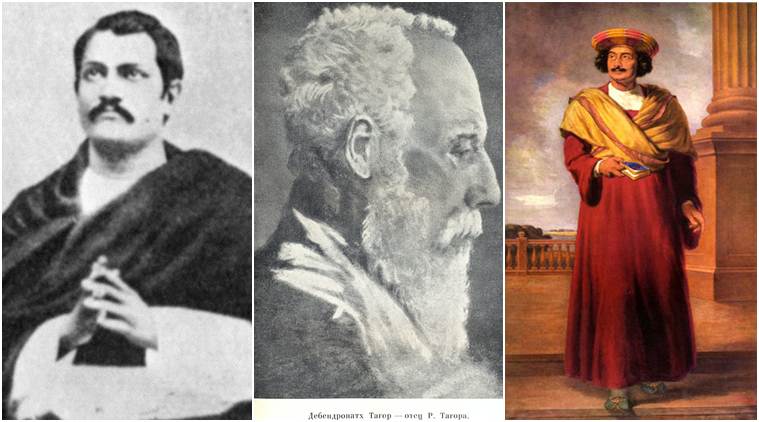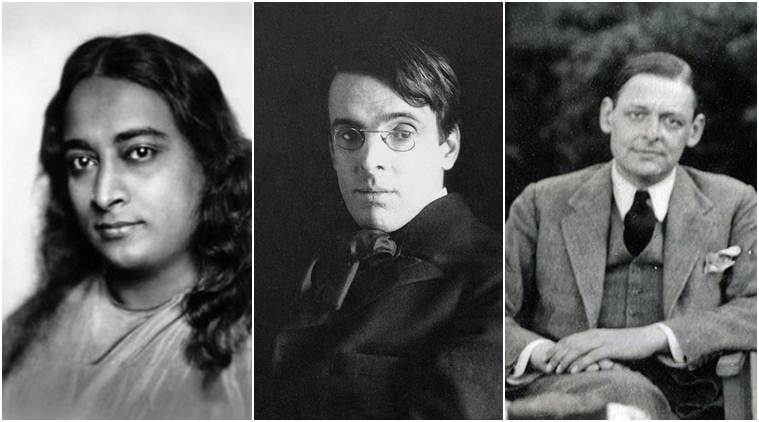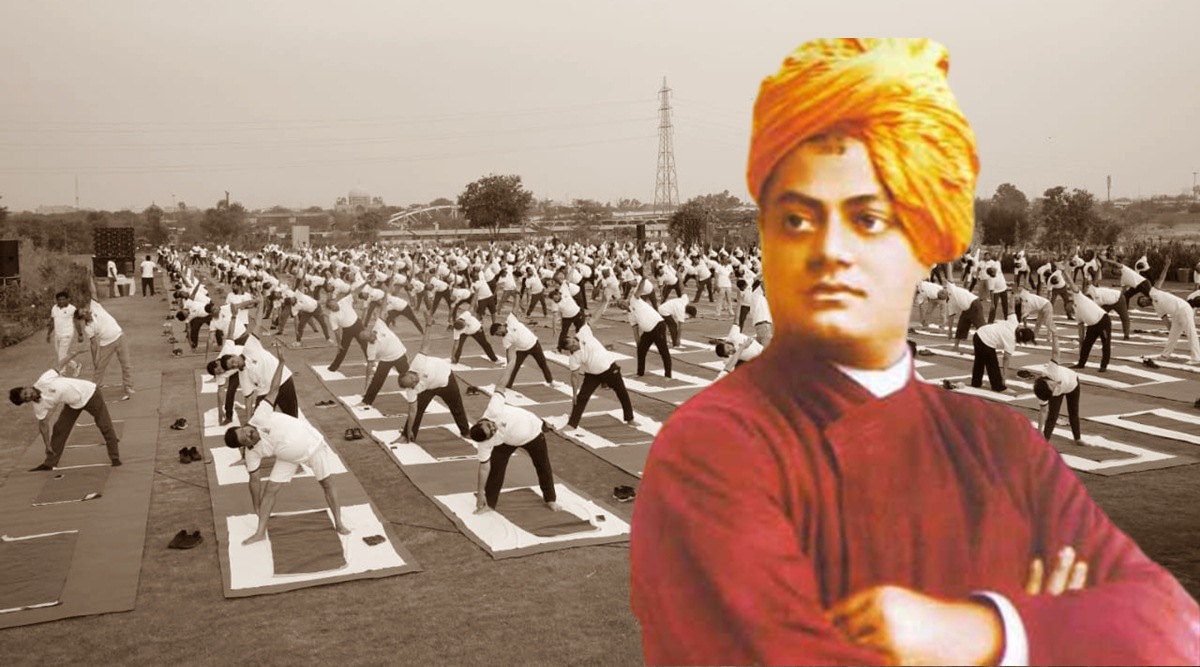In 2014, the United Nations General Assembly (UNGA) declared June 21 as International Day for Yoga. The idea was to celebrate the ancient Indian physical and spiritual practice worldwide and spread awareness on the benefits of the same. The art of Yoga, however, had been widely popular in the west for decades now. Considered to be a scientific means of spiritual practise, Yoga’s appeal lay in the fact that it could bridge the gap between science and religion, a rift that was a product of the European Reformation. Developing both as an academic science on the one hand and as something like a religious practice, the popularity of Yoga in the West grew in a way that was quite unlike the traction it had in its country of origin.
In Opinion | World Yoga Day: Yoga’s challenge on the global stage
If one were to trace Yoga’s journey in the West, we would have to start from September 11, 1893, when Swami Vivekananda made his famous speech at Chicago in the Parliament of religions. The powerful oration of Vivekananda on the spiritual superiority of Indian religious traditions, immediately won him the adoration of the Americans. In the months that followed, the Indian mystic founds ways and means to spread awareness on ancient Indian spirituality in the West and he found Yoga to be the best concept to aid him in the process.

 Swami Vivekananda at the Parliament of Religions in Chicago in 1893. (Wikimedia Commons/vivekananda.org)
Swami Vivekananda at the Parliament of Religions in Chicago in 1893. (Wikimedia Commons/vivekananda.org)
However, in order to understand the appeal of Vivekananda in the West, one also needs to place his philosophy and activities in time and reflect upon the historical process that worked in his favour. Developing his spiritual tendencies in the late 19th century, Vivekananda was a product of the neo-Vedantic movement that had taken roots in Bengal as a response to the missionary colonialism of British Christendom. Founders of the Brahmo Samaj movement fused Vedic concepts with Western humanism. It was against this backdrop that the Brahmo founder, Keshab Chandra Sen, developed a modern form of Yoga that drew upon both the ancient Indian texts and Western scientific concepts.
Sen’s concept of Yoga would reappear in the teachings of Narendranath Dutta, the man who would soon be known as Swami Vivekananda. Vivekananda stayed at Sen’s ashram and was later introduced to Ramakrishna in 1881 by him. As written by American indologist David Gordon White, Vivekananda was in every respect an heir to the legacy of the Brahmo Samaj’s neo-Vedantic teachings.
 From Left, Keshab Chandra Sen, Debendranath Tagore and Raja Ram Mohan Roy– the founders of the Brahmo Samaj. (Wikimedia Commons)
From Left, Keshab Chandra Sen, Debendranath Tagore and Raja Ram Mohan Roy– the founders of the Brahmo Samaj. (Wikimedia Commons)
After the death of Ramakrishna, Vivekananda travelled far and wide within India to collect financial backing for spreading the gospel of Hindu reform and social uplift. In his hope to stretch his efforts further, he travelled to the United States in 1893 where he delivered his famous speech. “In the space of seventeen days, he thundered forth a dozen times before growing crowds, dressed in his signature flaming robes and pale yellow turban,” writes White. He quickly became a media sensation and drew followers from all across America.
Most Read 1Chandrayaan-3 mission: Dawn breaks on Moon, all eyes on lander, rover to wake up 2As Indo-Canadian relations sour, anxiety grips Indian students, residents who wish to settle in Canada 3Karan Johar says Sanjay Leela Bhansali did not call him after Rocky Aur Rani: ‘He’s never called me but…’ 4Gadar 2 box office collection day 40: Hit by Shah Rukh Khan’s Jawan onslaught, Sunny Deol movie ends BO run with Rs 45 lakh earning 5Shubh’s tour in India cancelled: Why is the Canada-based singer facing the music?Find out about Gandhi's popularity in the West | How Mahatma Gandhi became a US news star in the 1930s
In the summer of 1894, Vivekananda added Yoga to his curriculum. His decision drew from the fact that he realised that large number of people in America craved for a personal experience of Indian spiritualism. He went on to establish the Vedanta society in New York in 1895 which continues to thrive till day. Further, Vivekananda drew upon the neo-Vedantic form of Yoga to emphasise the fact that Yoga was not an ‘Indian’ tradition and not a Hindu one. Further the Western concept of humanitarianism that formed the basis of neo-Vedantic Yoga made it all the more appealing to the American followers. “Yoga philosophy was for Vivekananda an ideal platform from which to assert the antiquity and superiority of Indian science over that of the West, of Hinduism over Christianity,” writes White.
 From left, Paramhansa Yogananda, W.B. Yeats and T.S. Eliot. (Wikimedia Commons)
From left, Paramhansa Yogananda, W.B. Yeats and T.S. Eliot. (Wikimedia Commons)
The decades that followed Vivekananda’s mission in the West are often termed as India’s “Yoga renaissance.” The teachings of the mystic was carried ahead in the West later by others like Paramhansa Yogananda, whose “Autobiography of a Yogi” published in 1946 became hugely popular across the world. Then there was Shri Yogendra who traveled to America in 1919 and founded the Yoga institute of America in New York. Western scholars like the Romanian Mircea Eliade and the German Yoga scholar, Jakob Wilhelm Hauer further popularised Yogic traditions in the West and in particular drew from Patanjali’s Yoga Sutras which were written in the 4th century AD. The Irish poet W B Yeats and the British writer T S Eliot were also instrumental in spreading the popularity of Yoga. In the late 1960s, the spirituality in Yoga further encapsulated Western consciousness when the music band Beatles introduced Maharishi Mahesh Yogi’s program of Transcendental Meditation to the world.
Also ReadThe many arguments for, and against, abortion rights How Lord Ganesha is celebrated outside IndiaKashmir when India got independence: Neither here nor thereHow Thakurs have dominated UP politics since Independence
At present Yoga is popular all across the Western world and it widely known as an effective technique of physical and mental well being.
This article was first published on June 21, 2017.


